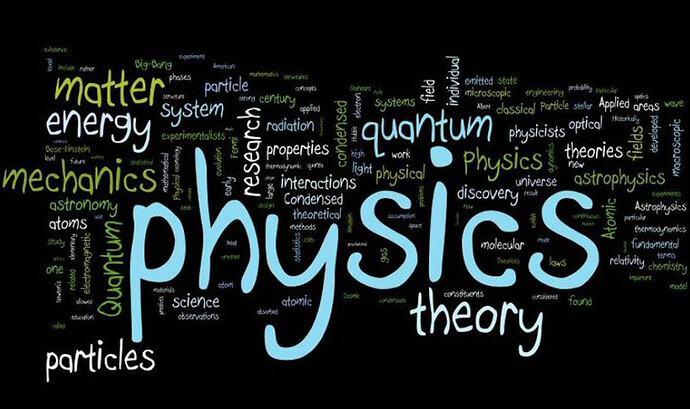New parts of the brain become active after students learn physics
-
A new study showed that, when confronted with physics problems, new parts of a student’s brain are utilized after receiving instruction in the topic.
-
Using fMRI (functional magnetic resonance imaging) to measure blood flow in the brain, the researchers looked to map what areas become active when completing a physics reasoning task, both before a course on the concepts and after.
-
In the pre-instruction scans, parts of the brain associated with attention, working memory and problem solving – the lateral prefrontal cortex and parietal cortex, sometimes called the brain’s “central executive network” – showed activity.
-
One of the keys seemed to be an area of the brain, the dorsal lateral prefrontal cortex, that generates mental simulations.
-
This suggests that learning physics is an imaginative process, which is not typically how people think of it.
-
Physics is a really good place to understand learning for two reasons.
-
First, it deals with things that people have direct experience with, making formal classroom learning and informal understanding both relevant and sometimes aligned – and sometimes contrasted.
-
Second, physics is based in laws, so there are absolutes that govern the way the body works.
Eric Brewe, Jessica E. Bartley, Michael C. Riedel, Vashti Sawtelle, Taylor Salo, Emily R. Boeving, Elsa I. Bravo, Rosalie Odean, Alina Nazareth, Katherine L. Bottenhorn, Robert W. Laird, Matthew T. Sutherland, Shannon M. Pruden, Angela R. Laird. Toward a Neurobiological Basis for Understanding Learning in University Modeling Instruction Physics Courses. Frontiers in ICT, 2018; 5 DOI: 10.3389/fict.2018.00010
